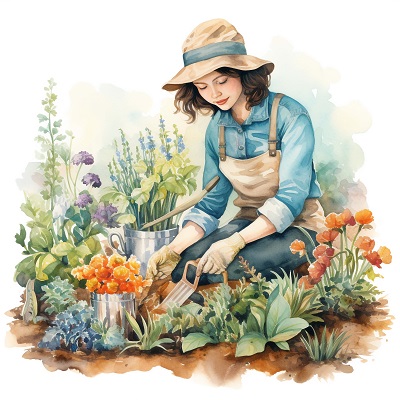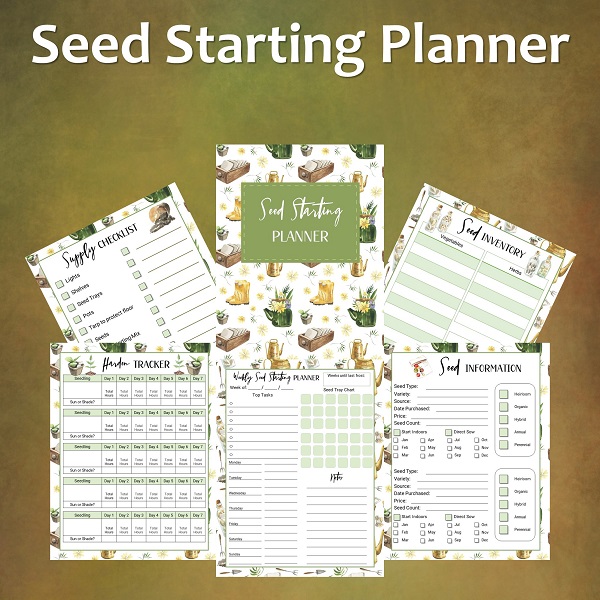 People who are new to gardening tend to overlook the importance of time and seasonal transitions. Failure to notice these will result in despair and frustration. Knowing the best time of the year to plant crops and plants is essential to a garden’s success. Without this knowledge, you won’t go far, even if you have all the tools and equipment.
People who are new to gardening tend to overlook the importance of time and seasonal transitions. Failure to notice these will result in despair and frustration. Knowing the best time of the year to plant crops and plants is essential to a garden’s success. Without this knowledge, you won’t go far, even if you have all the tools and equipment.
The Farmer’s Almanac
There is more to planting than meets the eye. Farmers use a special calendar-method system for planting called the Farmer’s Almanac. This mystical calendar was unearthed from an old Mayan village. The almanac is based on the moon’s phase and position, which is consistent across all time zones. Using this “guide”, farmers determine the best time to plant.
Finding the Farmer’s Almanac is relatively easy. You also don’t need to be a farmer to obtain this. A quick internet search will give you different sources to download. Mobile applications based on the method were already developed – and most of them are impressively accurate.
The Farmer’s Almanac applications only need your zip postal code, the name of your city, or even a distinguished landmark in near proximity to you. If you don’t have immediate internet access, you can always pay a quick visit to your local garden center. They can give you the general planting times for your climate. The Farmer’s Almanac can also be picked up at many local grocery stores.
The Best Time to Plant
The first thing to consider is the season. For places where a freezing winter and a spring season are experienced, it would be best to adjust your planting repertoire. Plants are delicate living things, the environment which they are in greatly affects their growth.
Here are some planting schedules to get you started. However, be advised that the season varies geographically. Make sure you check your seasonal cycle beforehand.
Tomatoes, Peppers, and Onions – these vegetables are perfect to plant in the months of late March or April, depending on your location. In these months, the sunlight plays an important role. Be sure that your plants get enough sunlight exposure.
Indoor plants – you cannot plant during the cold-winter season. As an alternative, grow flowering plants indoors. Not only will it add beauty to your home, but it also permeates a pleasing aroma.
Fast Growers – August and September mark the end of the summer, but there are still a few fast growing vegetables to plant before the first break of frost in most gardening regions. Just be sure to keep your soil warm in order to attain a good harvest.
Remember that the schedule above doesn’t apply to all regions. For example, in a tropical country where there are only two seasons, dry and wet, a quick re-consideration is a must.



